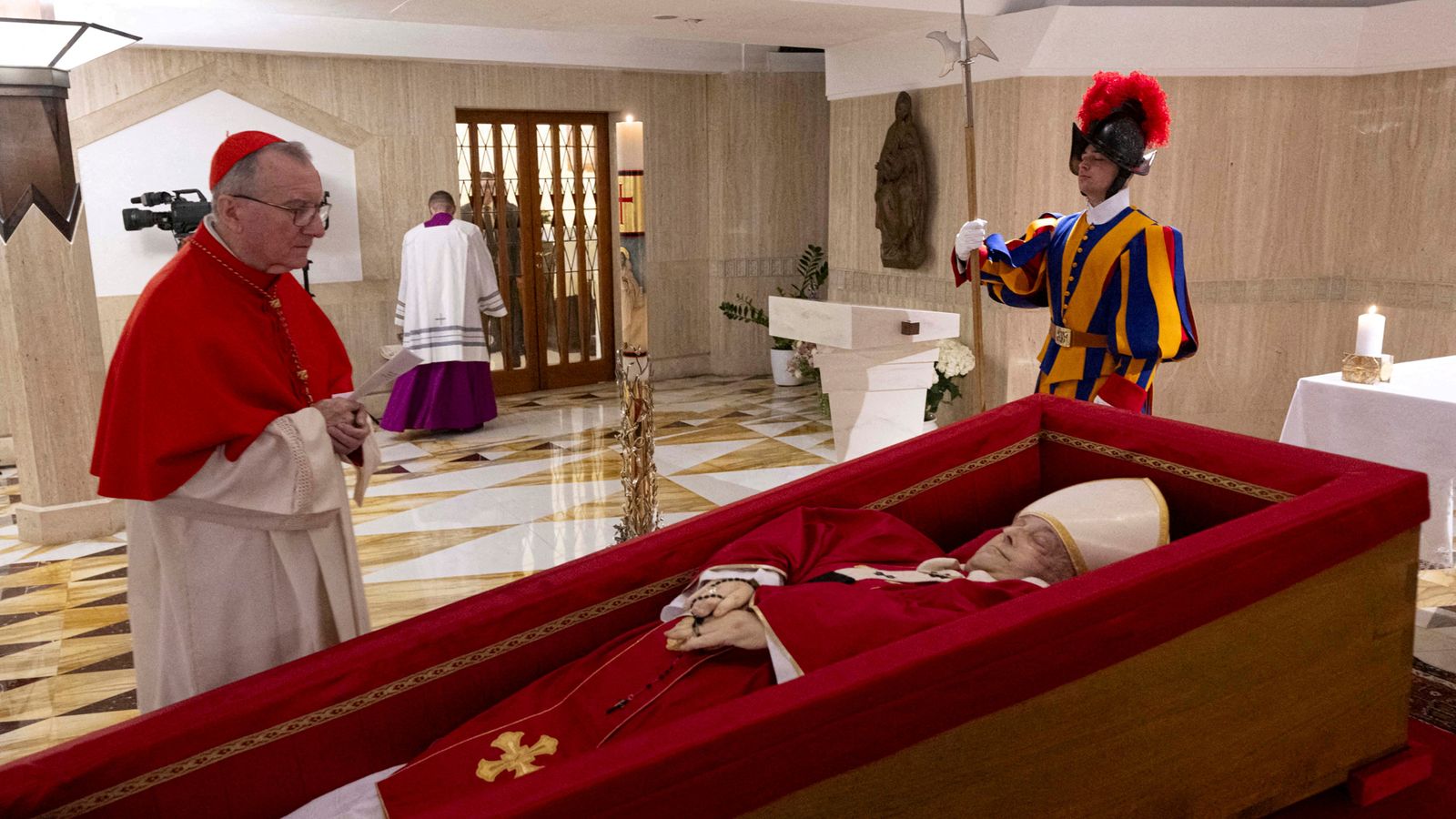As the world watched with bated breath, did Pope Francis, the beacon of the Catholic Church, face a turning point in his papacy?
The health of Pope Francis, the oldest pontiff in over a century, has become a focal point of global concern, sparking intense speculation about the future leadership of the world's 1.4 billion Catholics.
On November 17, 2024, the world witnessed Pope Francis delivering his homily during the Holy Mass for the World Day of the Poor at St. Peter's Basilica in Vatican City. The event, captured in photographs and broadcast globally, served as a stark reminder of the 88-year-old pontiff's enduring presence amidst increasing health challenges. However, the occasion also fueled an underlying current of questions about the transition of power within the Catholic Church.
The official Vatican statements, alongside reports from various news outlets, painted a picture of a pontiff battling various ailments. Updates on his health, shared through official channels like X (formerly Twitter) and Vatican News, provided a glimpse into the day-to-day reality of Pope Francis's life. One such update, released on February 23, revealed that the pontiff had received numerous messages of affection, particularly moved by the letters he received from the faithful. These messages underscored the deep connection the Pope shared with his followers and the global concern for his well-being.
The backdrop to these updates was a narrative of decline. Initial reports from the Vatican in late March stated that the Pope was conscious but still receiving high flows of supplemental oxygen after experiencing a respiratory crisis. News continued to be broadcast with reports of blood transfusions. Following a diagnosis of a complex lung infection, the Pope remained in critical condition, raising questions about his ability to continue in his role and igniting discussions about the process of succession.
The scene in Rome was one of both prayer and preparation. At the Agostino Gemelli Polyclinic, where Pope Francis was admitted for treatment, the atmosphere was charged with emotion. Women laid rosaries near candles adorned with pictures of the Pope, a visual testament to the faith and solidarity of the Catholic community. Outside the hospital, flowers, candles, and pictures were also placed at the base of the statue of the late Pope John Paul II. These displays of reverence reflected the profound impact Pope Francis has had on the lives of millions.
The funeral for Pope Francis was scheduled for Saturday, as announced by the Vatican. Subsequently, on April 24, 2025, faithful paid their respects to the deceased pontiff, with the body of Pope Francis lying in state inside St. Peter's Basilica. These events underscored the culmination of a papacy marked by reform and a commitment to the marginalized. The world mourned and reflected on the legacy of a leader who sought to redefine the Catholic Church's role in the modern era.
The process of selecting a new Pope, a ritual steeped in tradition, was brought into sharp focus by the Pope's declining health. After the funeral, the Dean of the College of Cardinals will summon the cardinals to Rome for the conclave the gathering where the next leader of the Catholic Church is elected. It is a process that begins between 15 to 20 days after the passing of the Pope.
In 2001, Pope John Paul II named him to the sacred college of cardinals, which elects new popes. Then, in 2013, Francis succeeded retired Pope Benedict XVI as the 266th pontiff, becoming the first Pope from the Americas. His papacy has been characterized by a focus on social justice, environmental concerns, and interfaith dialogue. During his tenure, Pope Francis sought to reshape the church's image, embracing a more inclusive approach and championing the rights of the poor and vulnerable.
Recent reports from Rome have indicated an improvement in Pope Francis's condition. A statement issued by the Vatican on Thursday noted that his overall clinical condition was "improving slightly," and his heart was working well as he battled pneumonia. He participated remotely in the Vatican's spiritual retreat Tuesday after receiving good news from his doctors. The Pope continued to rest well, following his daily therapy, and despite the challenges, he remained committed to his spiritual duties.
In 2015, Pope Francis visited New York City, stopping at Our Lady Queen of Angels School in East Harlem. His visit brought joy and inspiration to the community, serving as a symbol of his dedication to reaching out to those in need.
The Holy See Press Office confirmed the news that Pope Francis rested well overnight, following another medical statement later in the evening. The official vatican statements revealed that two top vatican officials had visited pope francis in the hospital earlier this week, the vatican later confirmed the visit, but declined to release more information about it. As he continues to battle double pneumonia, the Popes resolve remains strong, even working from his hospital room and going to his private chapel to pray. The Popes doctors, however, insisted he needs more days of clinical stability before any changes to the guarded prognosis can be announced.
In the meantime, the world awaited more updates, as the future of the papacy remains uncertain.
| Attribute | Details |
|---|---|
| Full Name | Jorge Mario Bergoglio |
| Born | December 17, 1936, in Buenos Aires, Argentina |
| Age | 88 years old (as of May 20, 2024) |
| Nationality | Argentine, Vatican City |
| Religious Affiliation | Roman Catholic |
| Education | Master of Arts in Philosophy, Theology |
| Ordained | December 13, 1969 (as a priest) |
| Episcopal Ordination | June 28, 1992 (as a bishop) |
| Named Cardinal | February 21, 2001, by Pope John Paul II |
| Elected Pope | March 13, 2013 |
| Predecessor | Pope Benedict XVI |
| Known For |
|
| Notable Actions |
|
| Key Issues |
|
| Official Website | Vatican Website |


